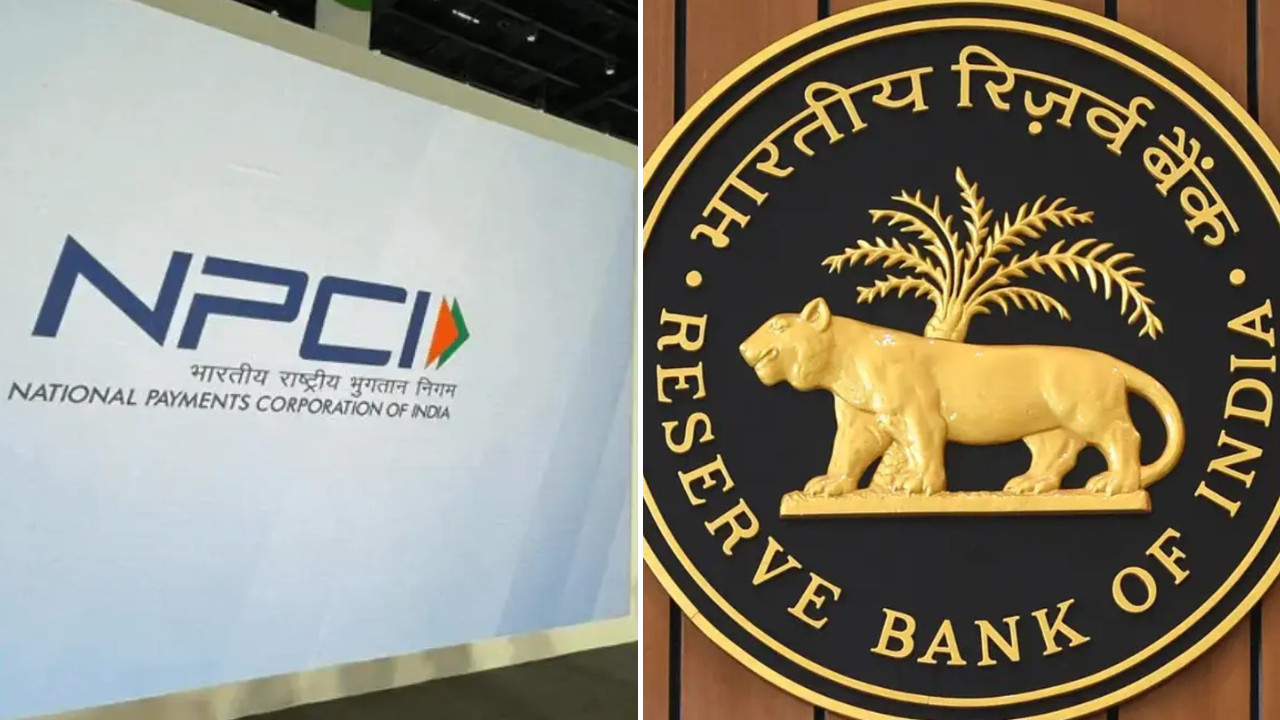India’s organized apparel retail sector is projected to see revenue growth of 13-14% this fiscal, boosted by a rationalized 5% GST on apparel up to Rs 2,500. This move stimulates demand in mid-premium and value segments, offsetting a potential slowdown in the premium category due to an 18% GST hike.
Good News for Your Closet: How GST Changes Could Mean More Style for Less
The scent of cardamom lattes and the shimmer of Diwali lights are already starting to fill the air. And this year, along with the festive cheer, comes a bit of good news for those of us who love to refresh our wardrobes. Get ready, fashion enthusiasts, because the recent Goods and Services Tax (GST) rationalization could bring a noticeable boost to the organized apparel retail sector, possibly translating into better deals and more stylish options for you.
But how does a tax change actually impact what you see on the racks? Let’s unravel the thread.
GST Tweaks: A Shot in the Arm for Apparel Retail
For a while now, the apparel industry has been navigating a bit of a tricky landscape. Complex tax structures and fluctuating costs have sometimes made it challenging for retailers to offer the prices and variety consumers crave. The recent GST adjustments, however, are poised to simplify things. By streamlining the tax structure and reducing the overall burden, the government hopes to create a more level playing field and incentivize growth within the organized retail segment.
Think of it like this: if a business has to spend less time and money on navigating complex taxes, it can invest more in other areas, like product development, marketing, and – crucially for us – competitive pricing. This shift could provide a significant impetus to the organized apparel sector.
Why This Matters to You: More Bang for Your Buck
Okay, so businesses might benefit, but what’s in it for the average shopper? Quite a lot, actually. Experts predict that organized apparel retailers could see a growth lift of around 200 basis points (that’s 2%) as a direct result of these GST changes. Now, a 2% difference might not sound like much, but in a competitive market, it can be enough to drive down prices, increase promotional offers, and expand product lines.

In essence, you could find yourself with more options at more affordable prices. Imagine that dress you’ve been eyeing being slightly less expensive, or that extra pair of jeans suddenly fitting comfortably within your budget. These small but meaningful savings can add up, allowing you to indulge in a bit more retail therapy without feeling the pinch.
Festive Demand: The Perfect Timing
The timing of these GST rationalizations couldn’t be better. As we head into the heart of the festive season, demand for new clothing naturally spikes. With Diwali, Christmas, and New Year’s celebrations just around the corner, many of us are looking to update our wardrobes for social gatherings, family events, and general feel-good vibes.
The increased affordability resulting from the GST changes will likely amplify this festive demand even further. People will be more inclined to spend on apparel if they perceive better value for their money. This translates to higher sales for retailers, fueling further growth and potentially leading to even more competitive pricing in the long run.
Affordability: The Key Driver
Ultimately, affordability is the linchpin. In today’s economic climate, consumers are increasingly price-sensitive. They are looking for quality products at reasonable prices and are more likely to gravitate towards brands that offer the best value. The GST changes empower organized retailers to become more competitive on price, making them a more attractive option for budget-conscious shoppers.
This focus on affordability doesn’t necessarily mean a compromise on quality or style. Instead, it encourages retailers to become more efficient and innovative, finding ways to offer desirable products at accessible price points.
For more on how policy impacts consumer trends, consider checking out our analysis of [recent shifts in consumer spending habits](internal-link).
The Stitch-Up
The GST rationalization represents a positive development for the organized apparel retail sector and, more importantly, for consumers. The potential for increased affordability and enhanced value comes at the perfect time as we gear up for a season of celebrations. It’s a situation where everyone wins, with businesses poised for growth and shoppers enjoying a wider selection of stylish options without breaking the bank. So, this festive season, keep an eye out for those enticing deals and embrace the opportunity to refresh your wardrobe with a little extra flair. The taxman might just have become your fashion fairy godmother.







